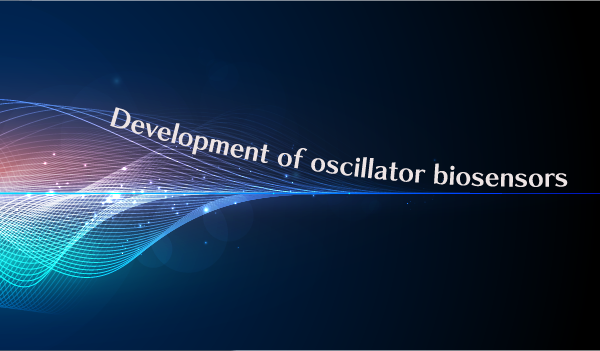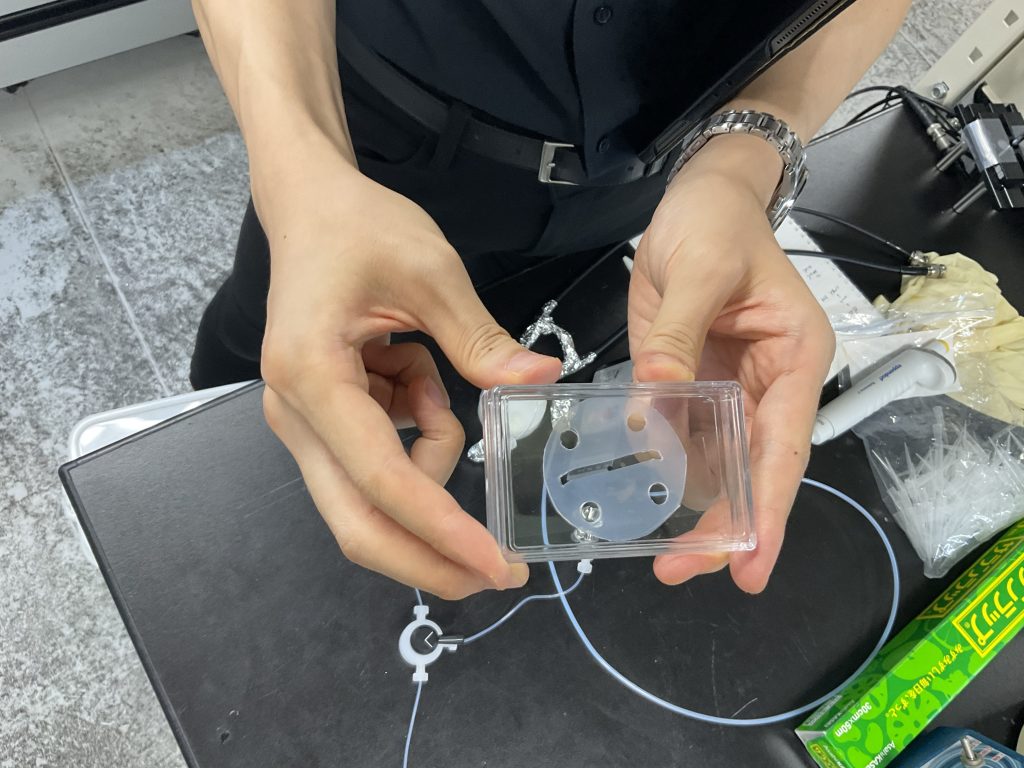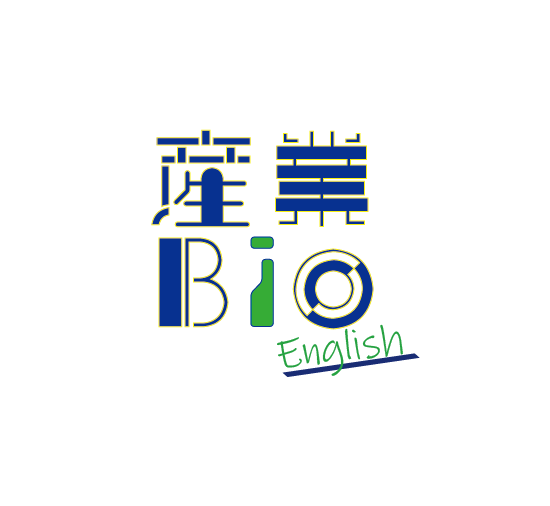


We are developing a transducer biosensor that can accurately measure even trace amounts of adsorbed substances.
For example, certain proteins, viruses, and other substances are generated in the body when a person suffers from diseases such as cancer or influenza. Our goal is to develop an oscillator biosensor that accurately and sensitively measures the substances that are the root causes of these diseases.

- What is an oscillator?
-
A sensor that emits ultrasonic waves and detects the reflected sound waves.
- What is an biosensor ?
-
It is a detection device that uses biological materials (enzymes, antibodies, nucleic acids, microorganisms, etc.) to detect target substances and convert them into different signals for selective and highly sensitive quantification.

Detection of these biomarkers leaked into the blood or urine allows for early detection of disease.


We are developing a small food gas sensor that is simple, easy to measure, low power, low energy, and can measure without degradation.
For example, by monitoring organic gases emitted from fresh food and their changes during the distribution process, the rate of food deterioration can be detected. In other words, spoilage can be prevented, leading to a reduction in food loss.



We are aiming to develop a sensor that can sniff out food ripeness and spoilage by monitoring all the various gases produced by food components. We are also developing sensors that are easy to use and small enough to be attached to inedible parts of food products.



Let’s take a look at a few examples of what kind of experiments we are doing…




